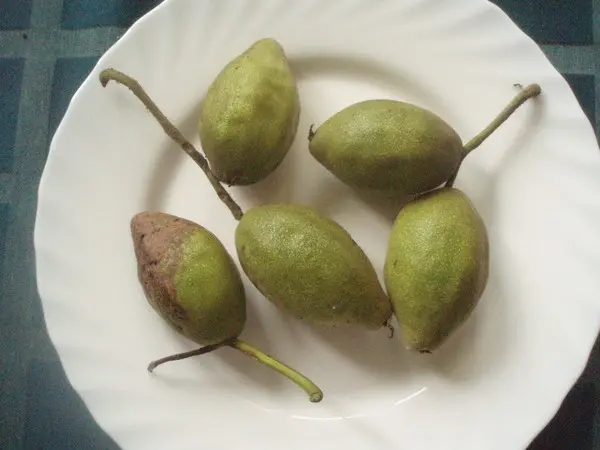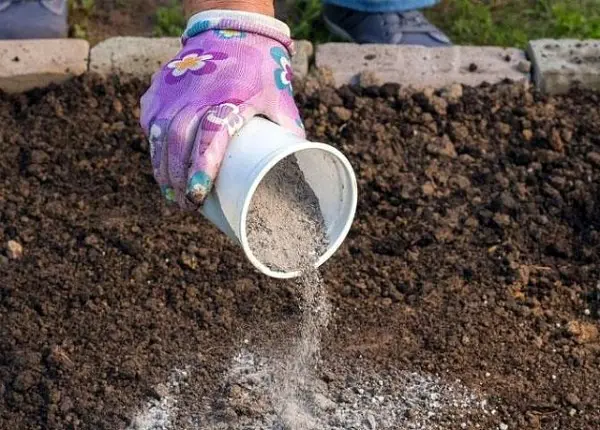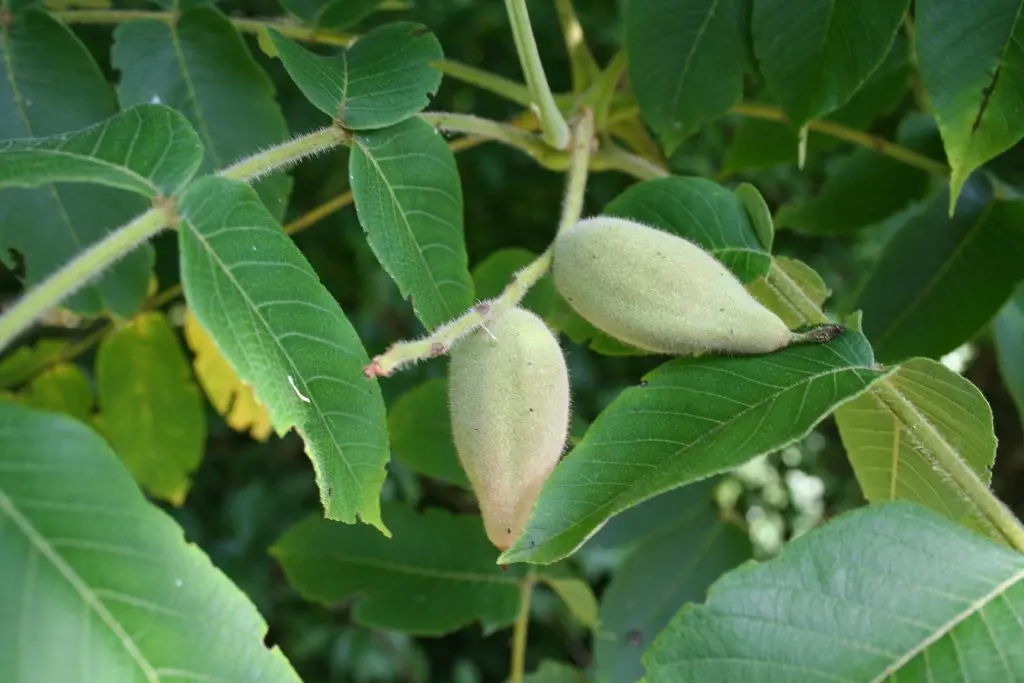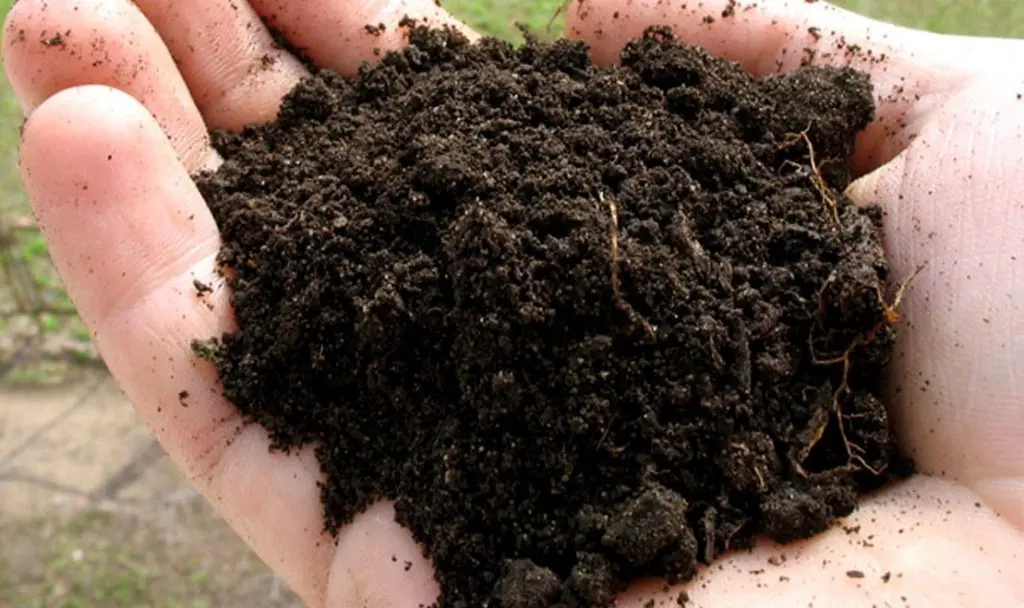Contents
Manchurian walnut, otherwise known as dumbey, is a beautiful tree with a luxurious round crown, which will complement the landscape design favorably. In addition, the leaves themselves and the green shell of the nut have many useful qualities and are widely used for healing.
Description
The homeland of this tree is the Far East, the Korean Peninsula and Northern China. The doumbey nut is of the same genus as the well-known walnut. But this type of plant is more resistant to cold, frost and the negative effects of external climatic factors.
In order to grow a walnut, a large area is required, since the plant has a powerful root system. In height it can reach 27 meters. This is a real long-liver, he lives about 200 years.
The first harvest pleases already 5-10 years after planting and bears fruit once every 2-3 years. The plant has wide beautiful leaves measuring about 50 cm in length. Manchurian walnut releases biologically active substances that help protect against pests. The tree blooms in late spring or early summer.
The tree has a considerable number of useful properties:
- by trapping dirt, dust and acetylene from the air, it helps to purify the atmosphere. Thanks to the release of a natural antiseptic, it helps to disinfect the environment;
- has excellent antimicrobial, antifungal, antiseptic capabilities;
- contains more than 55% oil. Has a very rich composition;
- used in medical practice to eliminate problems with the digestive system, rickets and exudative diathesis;
- has good taste and nutritional characteristics.
Video “Description”
From the video you will learn a lot about the Manchurian walnut.
Reproduction by seeds
Manchurian walnut can be propagated by seeds, but the problem is that the new plant does not always retain the primary characteristics of the parent. For this type of reproduction, walnut seeds 1-2 years old are used.
Sow seeds in autumn or spring. In order to do without stratification, it is best to resort to winter planting of fruits. In this case, the seeds germinate faster than when planting in the spring.
The site must be fertile and well-drained. Be sure to need regular, thorough watering and a formed bed.
On acidic soils, the future tree does not take root, so you should add 2-3 cups of wood ash per 1 sq.m, and a depth of 10-15 cm. The holes are placed at a distance of 8-10 cm from each other and a depth of 6-8 cm. Previously, the nuts are wiped with kerosene to protect against rodents and placed on the edge in the hole. Then the hole is covered with earth, mulched on top with any material that will help retain moisture.
Sprouted seeds can be immediately moved to a permanent “place of residence”. In this case, the main thing is to pinch the central taproot. But you can also transplant to a permanent place after a year, after shortening the main root in the center. This is done so that the tree grows faster.
Landing
The best time for a permanent landing is April or September. The soil must be sufficiently moist and fertile. The bed should be dug up, loosened and wood ash added.
It should be remembered that the plant, when it grows, takes up a lot of space and when choosing a planting site, it is necessary to maintain the required distance from other plants.
The plant is best planted on the north side. Manchurian walnut planting has several features:
- When marking the holes, it is necessary to maintain a distance of about 10 centimeters;
- Manchurian walnut seedlings are planted in a hole of 80 centimeters and with drainage (stone, crushed stone, broken brick). A mixture of soil, humus, sand and turf is laid out on the drainage. A seedling is inserted into the hole itself and fixed with a peg, sprinkled with earth to 4/5 of the height. After this, abundant watering is carried out. The soil around is pressed, and a large amount of sawdust or peat is laid out on top. This is done in order to protect the seedlings from cold and severe frost.
- When planting with seeds, the nut is placed on the edge in the hole and covered with earth, covered with straw or sawdust on top.

When transplanting a nut, regular and plentiful watering is necessary. In dry weather, it can be sprayed with a hose.
In order for the seedlings to grow well, their roots are pruned.
Nut Care
The Manchurian nut, both during planting and in care, has several features:
The plant needs to be watered often, because it loves moist soil. With normal rainfall, the procedure is carried out about 5 times per season. When watering seedlings that are 2-3 years old – seven or eight times per season. If the year is dry, then about 20 liters are used.
Regularly remove the weed and loosen the ground, this helps to avoid stagnant water. The ground is mulched to protect against rapid overgrowth of weeds.
After the growing season, watering is carried out less often. Thus, the nut is prepared for wintering. It is resistant to sub-zero temperatures, and if it is frozen, it quickly leaves and begins to bear fruit.
If it happens that the tree is damaged by fire, then the trunk is cut off and a stump is left. They process circles at the trunk, loosen, mulch. After that, new processes appear at the base of the stump.
In order to hide the leaves from the aggressive effects of sunlight, pine, fir, and spruce are planted nearby. And to save the bole from the south, they place irga or viburnum.
A seedling up to three years old is covered with peat or burlap, and at the end of summer they are fed with either ash or superphosphate.
The Manchurian walnut basically doesn’t require much help in shaping, it does just fine on its own. The best time to prune is when the buds have already opened. After that, this procedure is no longer carried out until the second half of August, so as not to provoke the appearance of new buds, which will simply freeze in winter.
Diseases and pests
It was mentioned above that the plant produces active biological substances that help protect against pest attacks. But it also happens that the tree is still sick. If blackened leaves are found, it should be treated with Fundazol or any copper-containing agent. Most likely, this is a fungal disease that has damaged some segments of the nut. The treatment procedure is carried out 2 times with a break of 2 weeks.
Manchurian walnut can be affected by gall mites and gall mites. The first of the pests, the tick, waits out the cold season in the kidneys themselves, and lays eggs in them. Females fall into the leaves and tubercles are visible on them. In this case, the diseased tree should be treated with colloidal sulfur (100 grams per 10 liters of water) during bud break. In the middle of summer, Fufanon (0,1%) can be sprayed every 10-12 days. Abamectin is considered a good remedy, it is neurotoxic for ticks. Branches that are badly damaged are cut and destroyed by burning.
Do not treat the walnut with preparations that contain pesticides, this can poison the tree and make it poisonous.
The second main pest for this tree is the nut washer. It has wings and damages the bark of shoots, leaves, flowers, creates galls in them. The most benign method of dealing with it is simply the destruction of the affected branches. When adult insects appear, the tree is sprayed with a solution of chlorophos or karbofos (90 g per 10 liters of water).
Harvesting
Under the green shell is a hard shell and a nut is placed in it. Its appearance resembles a walnut.
Nuts begin to ripen in autumn, namely in September. The skin that covers the shell begins to turn brown. This indicates the readiness to harvest.
The tree brings a bountiful harvest every two years, and actively bears fruit when it reaches 8 years of age.
One plant produces about 80 kilograms of nuts per season.
Application
Nut juice contains magnesium and potassium and is very pleasant in taste. Although it does not have a healing effect, it is remarkably invigorating and refreshing.
Lovers of homeopathy and traditional medicine successfully use the leaves and the green shell, as well as unripened fruits to improve the general condition, as an antimicrobial and antibacterial agent.
The tincture has a good diuretic effect, promotes vasodilation, and has an anthelmintic effect. Actively helps to eliminate spasms, mild pain and stop bleeding.
In China, they claim that the extract from this nut variety helps to destroy cancer cells.
Fresh leaves speed up wound healing. To do this, the leaves are kneaded to obtain juice and applied to the damaged area of uXNUMXbuXNUMXbthe skin and bandaged.
You can make jam from milk nuts; for this, the harvest begins to be harvested in July.
Thus, this type of nut does not require a lot of time and effort, but is able to benefit and decorate the garden plot.
Video “Growing”
From the video you will learn how to grow a walnut in your garden.











